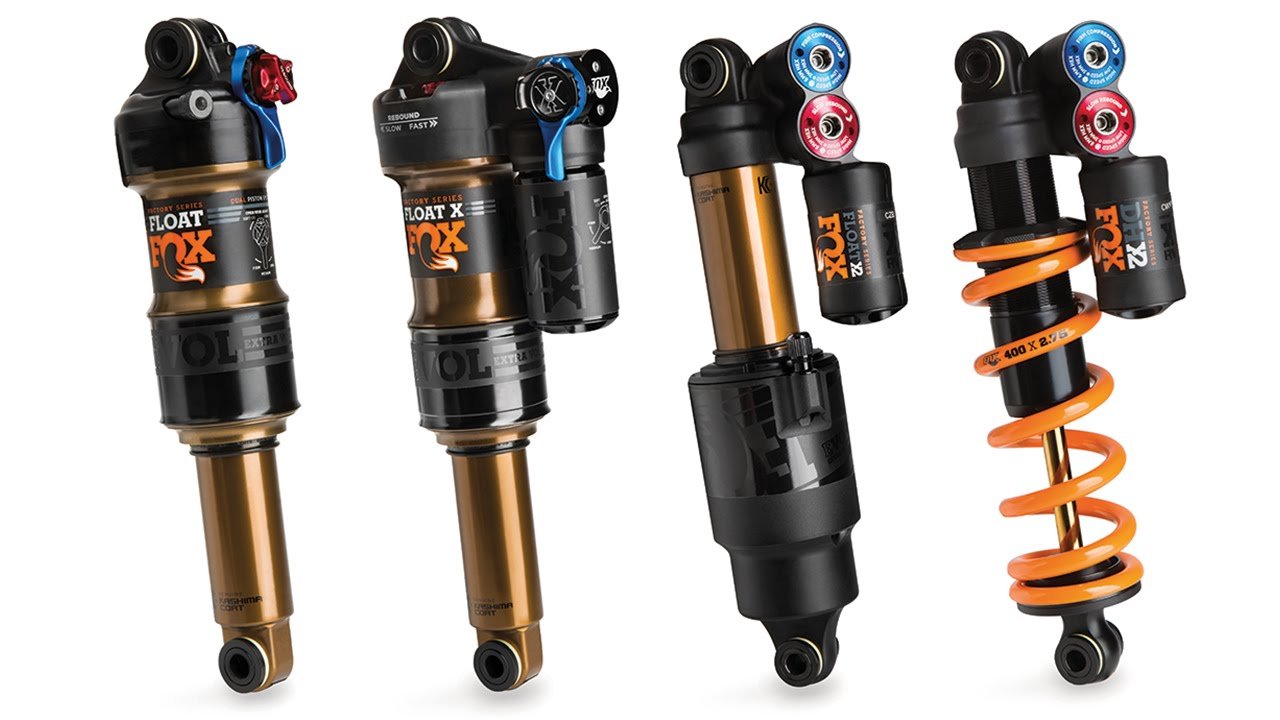Coil shocks making a comeback
Coil shocks are no longer only considered a suspension option for DH bikes

Coil or air. If you are a committed technical terrain rider, this has become a question of late, as coil suspension components have regained popularity.
During the first expansion of dual-suspension mountain bike frame design, in the 1990s, coil-sprung suspension was ubiquitous. As dual-suspension frame kinematics improved and air-sprung rear shocks gained improved reliability, during the 2000s, the coil was resigned to duty only in extreme applications.
For most of the last decade, coil shocks were the preserve of downhill racers and extreme freeriding mountain bikers. Innovation beyond the gravity-riding niche was triggered by enduro racing, which required bikes with pedalling ability, which could also cope with punishingly arduous descents, on highly technical trails.
Coil shocks don’t fade or suffer friction-induced heat degradation during a long descent, even after multiple terrain impacts. Performance remains constant and predictable: you might fatigue but your coil shock won’t. Coils also provide a delicate sensitivity that air-shocks, due to the friction present in their seals, cannot equal.
For enduro and e-MTB riders, who have the potential of clocking a lot more intense descending mileage than most trail or cross-country riders, a sacrifice in weight is worth the linearity in performance offered by a coil.
The traditional advantage air shocks have above coils are mass and adjustability. A steel or titanium spring will never be lighter than compressed air in a chamber.
By the same token, an air chamber allows for generous pressure adjustment, to suit virtually any rider weight or terrain type. If you want your coil shock to behave differently, you need to swap out a new spring – which is both expensive and laborious.
If air shocks are lighter and offer superior adjustability, why are there now more enduro and trail riding coils on the market than ever before? The answer is that increased riding intensity from enduro riders, and the weight of e-MTBs, have mandated a requirement for coils that are not downhill sized in their suspension stroke.
Other aspects where coil shocks best air-suspension, regard robustness and maintenance. Without air-seals to replace or a stanchion surface that requires cleaning, especially in muddy conditions, the coil shock is very much a fit-and-forget mountain bike component.

Lance Branquinho is a Namibian-born journalist who graduated to mountain biking after injuries curtailed his trail running. He has a weakness for British steel hardtails, especially those which only run a single gear. As well as Bike Perfect, Lance has written for MBR.com, Off-Road.cc and Cycling News.
